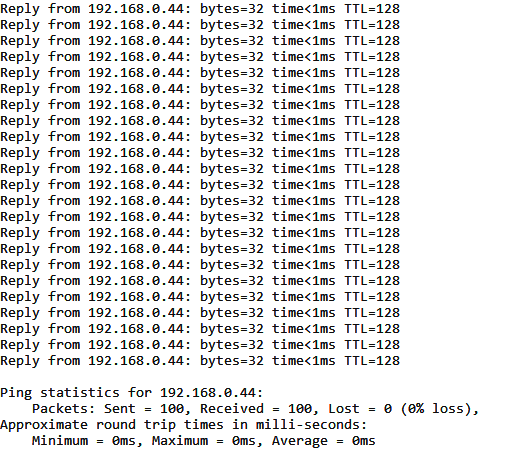Performance 3 meters - Direct Line of Sight
Performance Wireless 802.11ax (WIFI6E) 3 meter test
For our tests, we emulate what you would get performance-wise inside a house with a multi-level concrete ground and 1st floor. We test Single-band 2.4 GHz, single-band 5 and 6 GHz.
Performance Wireless 802.11ax WIFI6E
Most enthusiast-class motherboards these days have integrated Wi-Fi, with many standards. One of the more interesting ones is Wireless AC AKA 802.11ac and as of recent 802.11ax (WIFI6). Motherboards that have such a unit will now be tested here at Guru3D.com. Wireless AX 802.11ax technology was developed to optimize video streaming experiences. Gigabit Wi-Fi speeds allow content to download faster and large video or music files to sync more quickly. An increasing number of Wi-Fi devices in the home leads to greater internet consumption.
Wi-Fi 6E is an extension of the Wi-Fi 6 standard or 802.11ax that is now supported on most motherboards also. The E stands for Extended, and the main feature of the expansion is the addition of support for the 6GHz band, which runs from 5925MHz to 7125MHz. Compatibility with older Wi-Fi standards will remain, and Wi-Fi 6E will thus have three bands: 2.4GHz, 5GHz, and 6GHz. Below the 2.4, 5 GHz and 6 GHz single-link connection throughputs based on a direct line of sight at 3 meters distance.
Above 2.4 GHz throughput
Above 5 GHz throughput
Above 6 GHz throughput (this band works best in a direct line of sight, we need to go through a wall ergo, performance is worse than expected. Initially, we were restricted towards roughly 200 Mbps; however, after reconfiguring the AP to a full 160 Mhz channel setup, the performance will be incredibly impressive.
On the next page, we'll move to a 7-meter test through walls.
Round-trip time (RTT) is the duration in milliseconds (ms) it takes for a network request to go from a starting point to a destination and back again to the starting runs. For the runs on either client-side, all were less than 1 ms with an average of 0ms. perfect.






